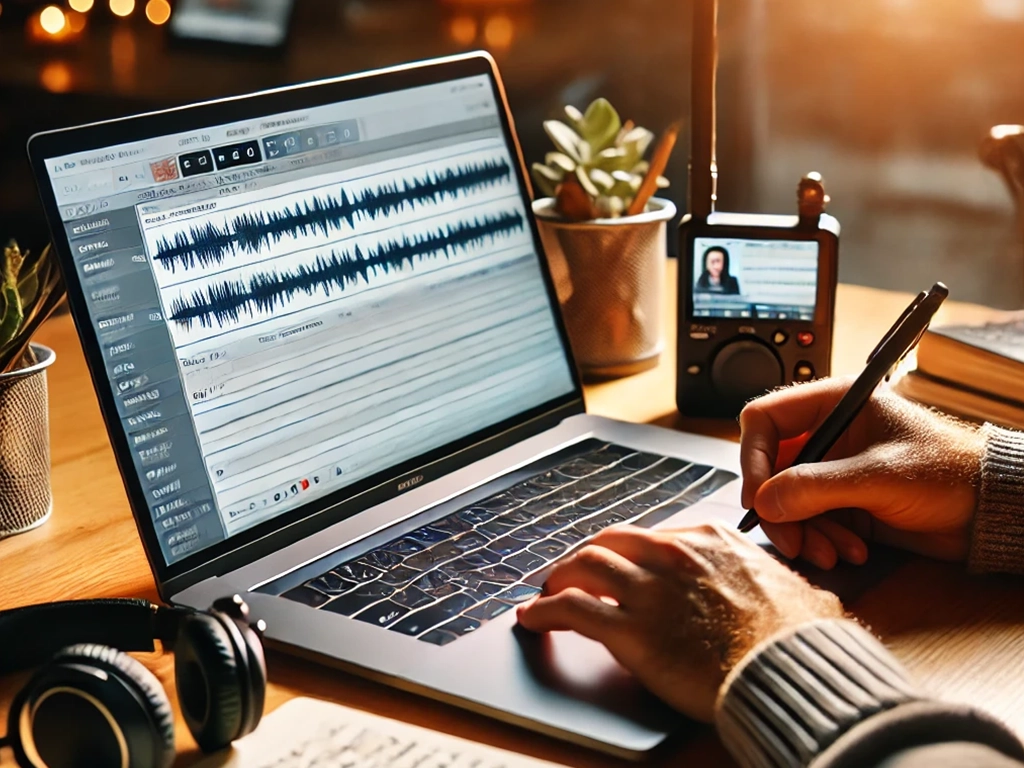Interviews with experts give journalists the depth, authority, and perspectives they need to write compelling stories. Whether it’s researching a groundbreaking scientific discovery, understanding industry trends, or addressing societal challenges, an effective interview with an expert increases the quality of coverage. However, designing and conducting a productive interview requires preparation, strategy, and skill. The United States Press Agency (USPA) equips its members with tools and resources to excel in this critical aspect of journalism.
This article looks at the essential components of preparing, conducting and using expert interviews to produce impactful stories.
1. Preparation: The basis for a successful job interview
Thorough preparation is essential to maximize the potential of an expert interview. It starts with understanding the expert’s background and the broader context of the topic you want to explore.
Research the expert
First, find out about the expert’s professional achievements, areas of expertise, and notable contributions. Pay attention to their published work, previous interviews, or keynote speeches. This information will help you customize questions and build credibility.
Understanding the topic
Go beyond superficial knowledge to familiarize yourself with the complexity of the topic. Identify current developments, controversies, or emerging trends to ensure your questions are relevant and current.
Audience-centric approach
Consider your audience’s perspective. What do they already know about the topic? What questions might they have? Align your interview goals with the information that your readers or viewers would find most valuable.

2. Design thoughtful questions
The success of your interview depends largely on the quality of your questions. Thoughtful, open-ended questions encourage experts to provide detailed and meaningful answers.
Types of questions to include:
- Introductory questions: Start with general questions to set the stage, such as “What led you to this field?” or “Can you briefly describe your work?”
- Specific requests: Move on to more targeted questions, such as “What are the implications of your latest research on [specific audience or issue]?”
- Challenging questions: Politely explore controversial or complex areas, such as “How do you respond to criticism of [a particular theory or practice]?”
- Forward-looking questions: Ask for predictions or advice, such as “What changes do you see in this area in the next ten years?”
Avoid common pitfalls:
- Yes/No questions: Limit these unless they serve as a starting point for follow-ups.
- Questions that are too broad: Avoid vague prompts such as “Tell me about your work.”
- Leading questions: Make sure your wording doesn’t suggest a desired answer.
Why it’s important:
Effective questions demonstrate your knowledge, respect the expert’s time, and deliver material that captivates your audience.
3. Structuring the interview
A well-structured interview provides clarity and focus, while also allowing for an organic conversation.
Recommended structure:
- Introduction: Start by expressing gratitude and setting expectations for the duration and topics of the interview.
- Thematic sections: Break down the conversation into key topics or topics to maintain a logical flow.
- Follow-up: Be prepared to adapt and dive deeper into unexpected or intriguing points raised by the expert.
- Bottom line: Conclude with forward-looking questions, such as “What advice would you give to someone entering this field today?”
Pro tip: Use transitions like, “You mentioned [certain point] earlier—could you elaborate on that?” to ensure a smooth process.
4. Building a relationship: creating a comfortable environment
Building a connection with your interviewee is crucial to elicit authentic and insightful responses.
Techniques for building a relationship:
- Start with light conversations: Start with informal topics to help the expert relax.
- Show genuine interest: Express curiosity about their work or recent achievements.
- Active listening: Use nonverbal cues such as nodding and verbal affirmations to show attention.
- Respect boundaries: Avoid pushing for sensitive topics unless the expert signals a willingness to discuss them.

5. Record and note-taking: ensuring accuracy
Accurate documentation is essential to faithfully reproduce the expert’s answers. Recording the conversation is the most reliable method, but supplemental notes ensure that you capture key insights and potential follow-up questions.
Best practices:
- Test your equipment: Make sure your recording device is functional and has sufficient battery life.
- Secure consent: Inform the expert about the recording and get their permission.
- Use shorthand for notes: Focus on noting critical points instead of writing verbatim text.
Why it’s important:
A recording allows you to revisit the conversation for precise quotes, while notes help you identify overarching themes and critical moments.
6. Extract value from the interview
In the analysis after the interview, the raw material turns into a convincing story. Review the recording and notes to identify key themes, impactful quotes, and unexpected revelations.
Key Steps:
- Organize content: Categorize responses by topic headings to structure your article.
- Highlight quotes: Choose statements that are insightful, concise, or emotionally engaging.
- Review information: Review the facts and data mentioned during the interview to ensure accuracy.
Pro tip: Incorporate contextual or background information around quotes to deliver a richer narrative.

7. Creation of the article
The presentation of the interview depends on your goals and your audience. Decide whether you want to format the article as a Q&A or incorporate the expert’s insights into a feature article.
Tips for writing:
- Start with a hook: Use an anecdote or a striking quote to captivate readers.
- Provide context: Briefly introduce the expert’s credentials and the importance of their work.
- Focus on clarity: Avoid overloading the article with jargon – simplify complex ideas for your audience.
Why it’s important:
A polished article increases both the credibility of the expert and your reputation as a journalist.

8. Use of USPA Resources
The United States Press Agency (USPA) provides invaluable resources for journalists to conduct expert interviews. Through the USPA, members gain access to a network of professionals from various fields, training on interview techniques, and tools to promote published work.
How USPA can help:
- Expert Connections: Find subject matter experts through USPA’s extensive network.
- Professional development: Attend workshops or webinars on mastering interview skills.
- Visibility: Publish your article on the USPA platform to reach a wider audience.
Inference
Mastering the art of interviewing experts is an important skill for any journalist who wants to deliver insightful and authoritative content. By preparing thoroughly, formulating thoughtful questions, and building a relationship, you can unlock the full potential of your interviewees’ knowledge. With the support of the USPA’s tools and resources, journalists can improve their interview techniques and produce stories that resonate with readers and stakeholders alike.
